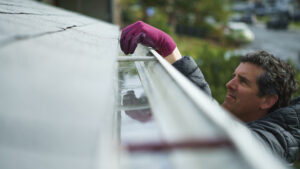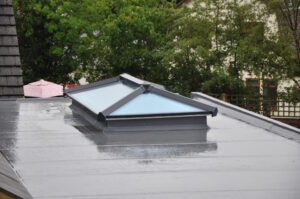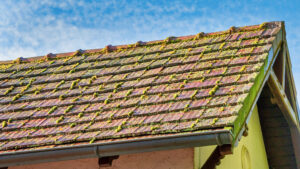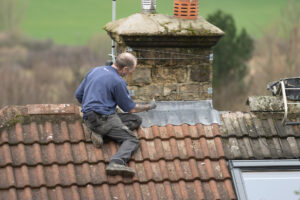The roof stands as the protective shield of any building, guarding it against the whims of nature and elevating its visual appeal. Selecting the suitable roofing material is a critical decision that can impact your property’s durability, energy efficiency, and overall longevity. With various available options, it can be overwhelming to ascertain the most suitable one for your home or business. This comprehensive article will delve deeper into different roofing materials, their unique characteristics, advantages, and drawbacks, empowering you to decide on your roofing needs.
Asphalt Shingles
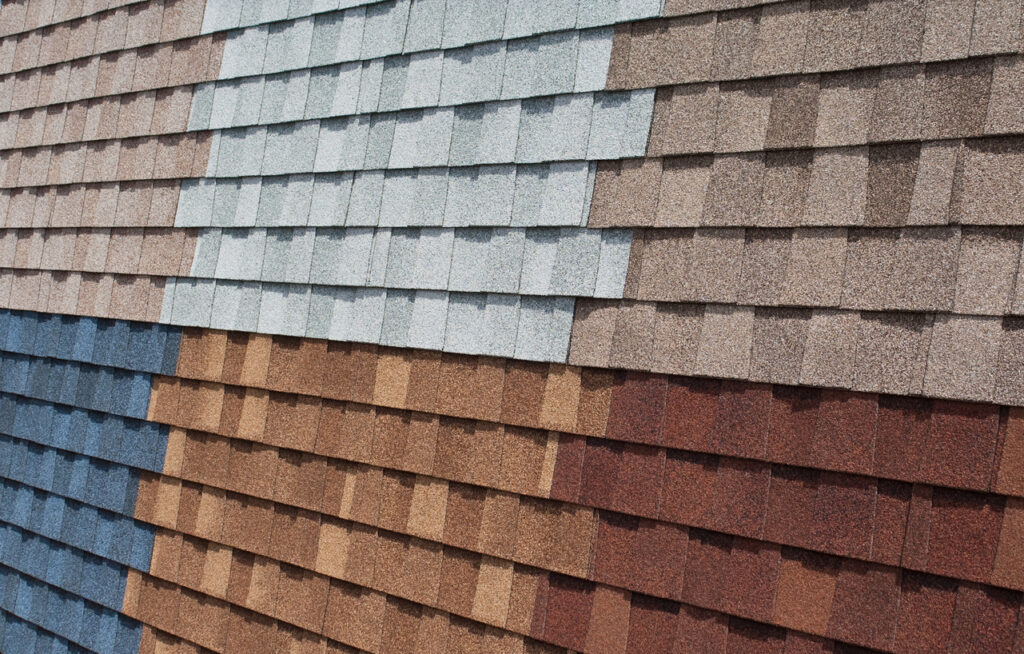
Asphalt shingles reign supreme as the most popular roofing material in the United States, and for good reason. Their widespread use is attributed to their cost-effectiveness and ease of installation. Typically made with a fiberglass base, they are coated with asphalt and ceramic granules, presenting various colors and styles to suit diverse architectural designs. Asphalt shingles provide decent protection against the elements, though their lifespan is comparatively shorter than other roofing materials, requiring periodic maintenance and replacement over time.
Metal Roofing
Metal roofing has witnessed a surge in popularity, and it’s not hard to see why. Renowned for its exceptional durability and eco-friendliness, metal roofs are often made from steel, aluminum, zinc, or copper. They are exceptionally resistant to extreme weather conditions, including hail, high winds, and fire. Metal roofs have the added advantage of reflecting sunlight, which helps in reducing cooling costs during hot seasons. These roofs can last 50 years or more with a proper maintenance, making them a cost-effective long-term investment. Though the upfront cost may be higher than other materials, the considerable lifespan and reduced maintenance expenses often justify the initial investment.
Wood Shakes
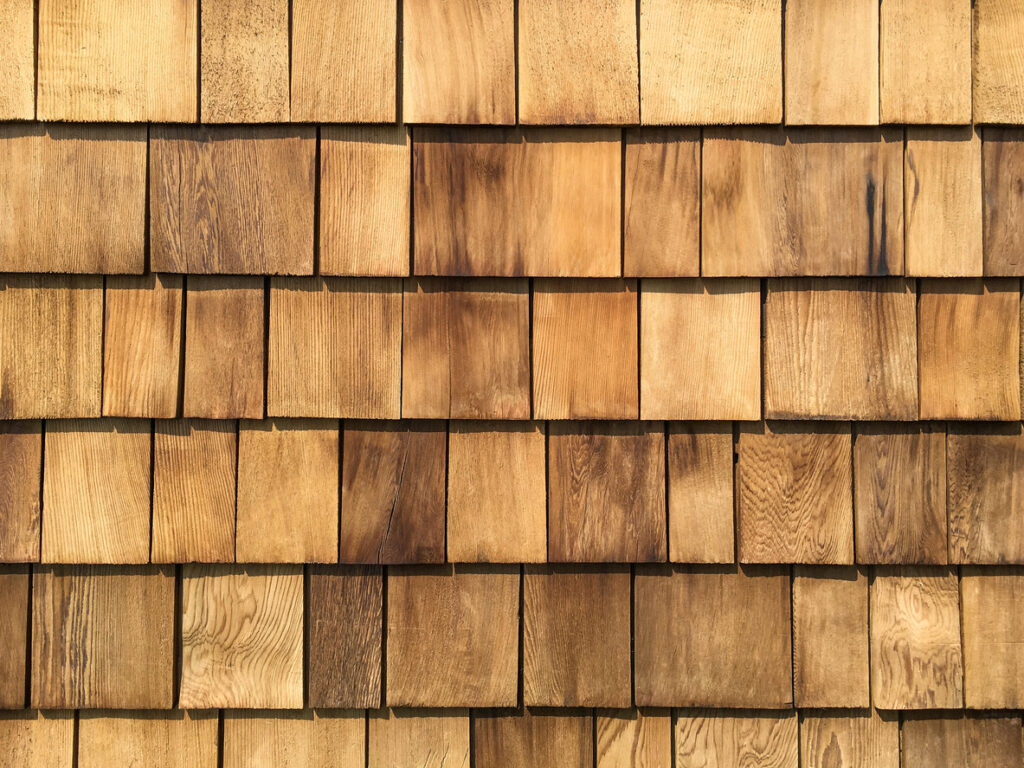
Wood shakes are an excellent choice for those seeking a classic and rustic appearance for their homes. Typically crafted from cedar, redwood, or pine, wood shakes offer natural insulation and add a touch of character to any property. They can withstand moderate weather conditions effectively. However, wood shakes are more susceptible to rot, insects, and fire, necessitating regular upkeep, treatment, and careful consideration in fire-prone areas.
Slate Roofing
Slate roofing epitomizes timeless elegance and unparalleled durability. Slate tiles are built from natural stone and can last well over a century, providing century-long protection. Slate tiles are resistant to fire, harsh weather conditions, and the damaging effects of insects. In addition to being a robust and long-lasting option, slate roofing is also environmentally friendly, as the tiles can be recycled after their lifespan. Nonetheless, it’s crucial to note that slate roofing is heavier than other materials, requiring proper structural support and expert installation, which can add to the overall cost.
Clay Tiles
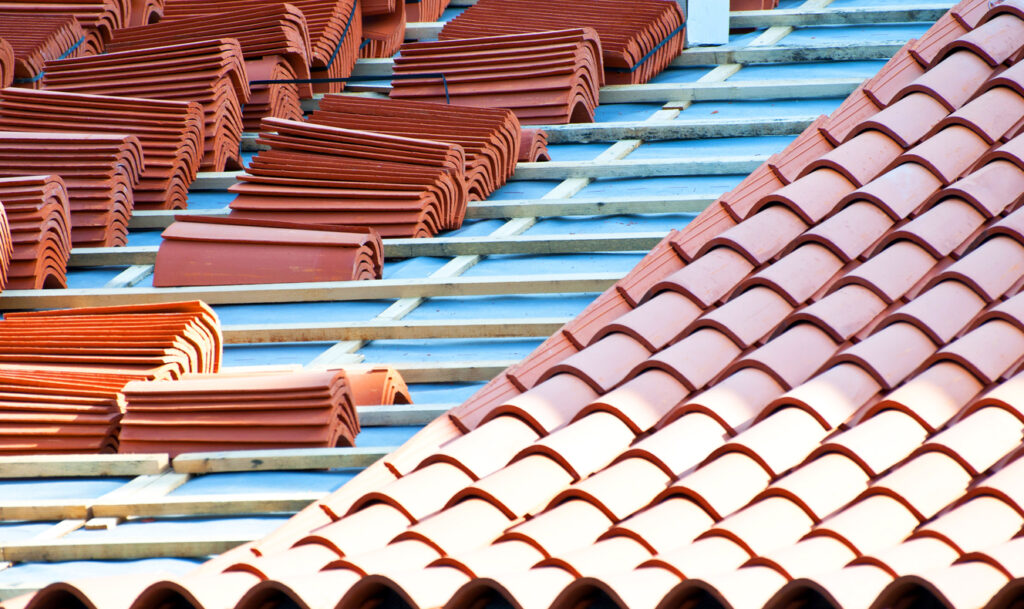
Clay tiles bring to mind the charming allure of Mediterranean and Spanish-style architecture. Crafted from natural clay, these tiles boast exceptional resistance to fire, insects, and rot. Additionally, they provide excellent insulation, keeping the interiors more relaxed during sweltering climates. Homeowners who opt for clay tiles benefit from their timeless beauty and robust protection. However, it’s essential to consider the weight of clay tiles, as they are significantly heavier than other materials. Their installation can be complex and labor-intensive, warranting sturdy support for the roofing structure.
Concrete Tiles
Concrete tiles are a cost-effective alternative to clay tiles while providing similar aesthetics and durability. Made from a blend of cement and sand, concrete tiles can mimic the appearance of wood, slate, or clay tiles, offering a versatile choice for homeowners. These tiles provide outstanding resistance to fire, mold, and insects, making them a practical option for various climates. They are also comparatively lighter than clay tiles, easing installation and reducing the need for extensive structural reinforcement.
Synthetic Roofing Materials
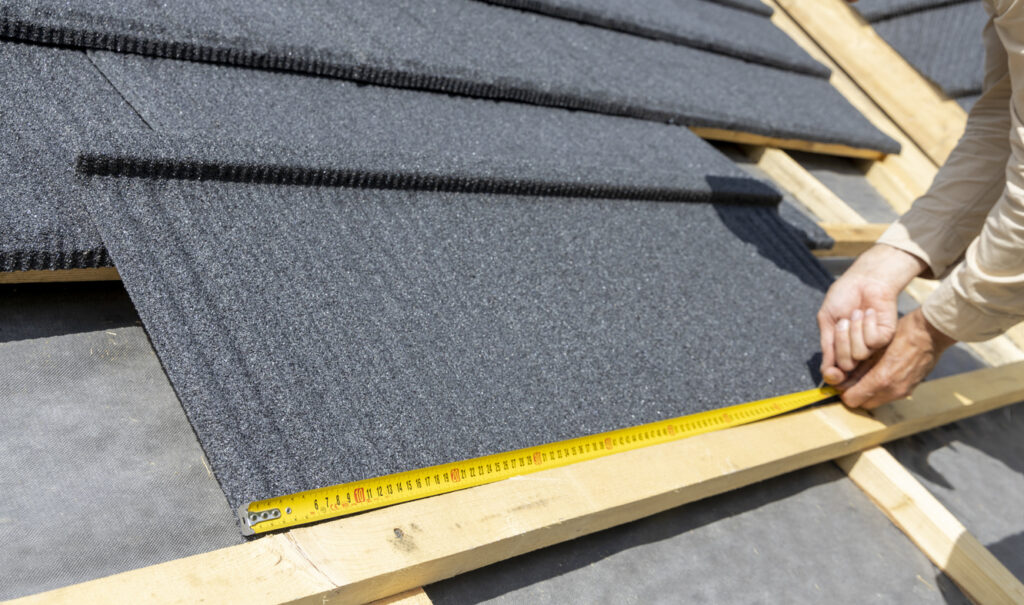
Embracing the appearance of natural materials without their associated drawbacks, synthetic roofing materials have gained popularity in recent years. Examples include synthetic slate and rubber shakes, offering lightweight and affordable options. Artificial materials are known for their fire resistance, low maintenance requirements, and resistance to insects and mold. These materials open up a world of possibilities, enabling homeowners to achieve the desired look without compromising durability and ease of installation.
Green Roofs
Green roofs, or living roofs or eco-roofs, are a sustainable and environmentally friendly option gaining popularity in urban areas. These roofs feature a layer of vegetation, soil, and drainage systems, transforming the rooftop into a garden-like space. Green roofs offer numerous benefits, including improved insulation, reduced energy consumption, and natural stormwater management. They absorb rainwater, minimizing runoff and the strain on local drainage systems. Moreover, green roofs contribute to air purification and create habitats for birds and insects, promoting biodiversity in urban settings. While green roofs require specialized design and installation, their ecological advantages make them an excellent choice for eco-conscious homeowners.
EPDM Roofing
Ethylene Propylene Diene Monomer or commonly known as EPDM is a synthetic rubber roofing material known for its durability and flexibility. It is commonly used for flat or low-slope roofs in commercial and residential buildings. EPDM roofs resist ultraviolet (UV) rays, ozone, and weathering, making them suitable for various climates. They are also resistant to tears and punctures, ensuring long-term performance. EPDM roofing requires professional installation to ensure proper adhesion and prevent leaks. With routine maintenance, these roofs can last for up to 30 years or more.
Choosing the suitable roofing material is a significant decision that profoundly impacts your property’s longevity and visual appeal. Climate, architectural style, maintenance requirements, and budget must be carefully considered. From budget-friendly asphalt shingles to the timeless elegance of slate roofing, each material comes with distinct advantages and considerations.
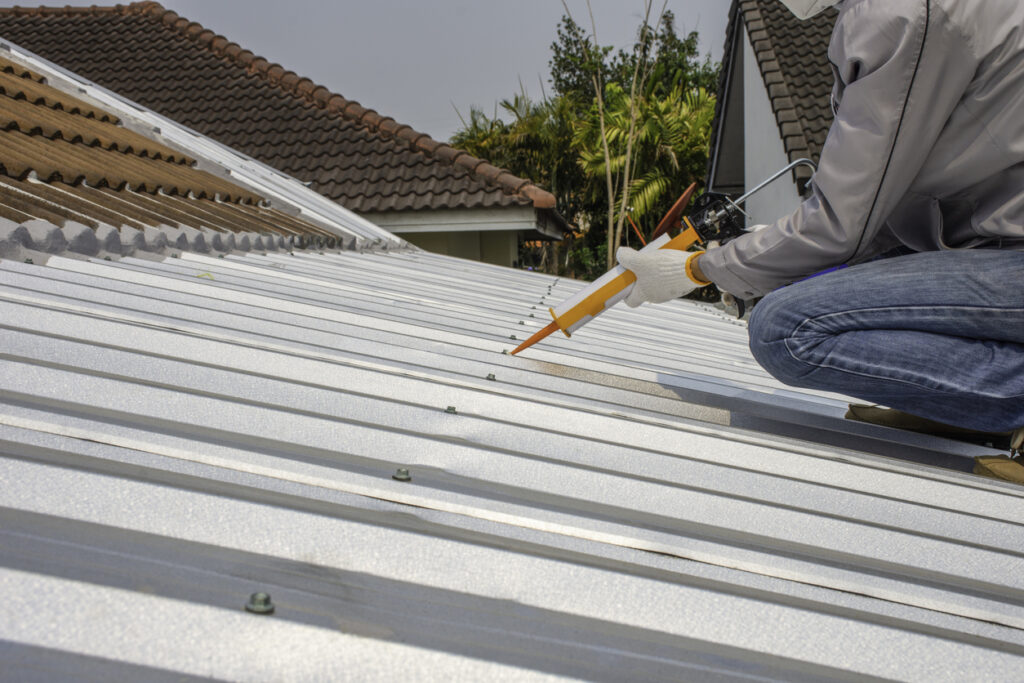
At WABO Roofing Systems, we recognize the importance of a reliable and aesthetically pleasing roof for your home. As a trusted roofing provider, we offer various roofing materials to cater to your needs. Our committee of experts will guide you through the selection process, ensuring you make a well-informed decision. Whether you prefer the durability of metal roofing or the classic charm of wood shakes, WABO Roofing Systems provides professional installation services that combine quality, innovation, and lasting beauty. Contact us today to explore the roofing solution that aligns perfectly with your vision and requirements.

